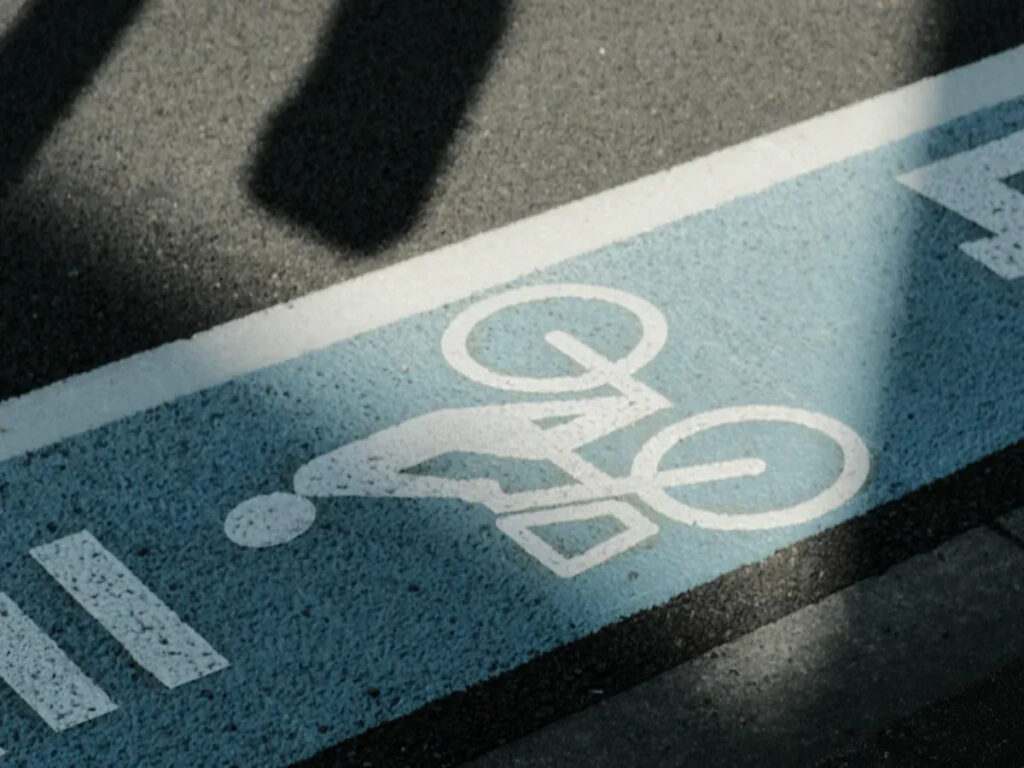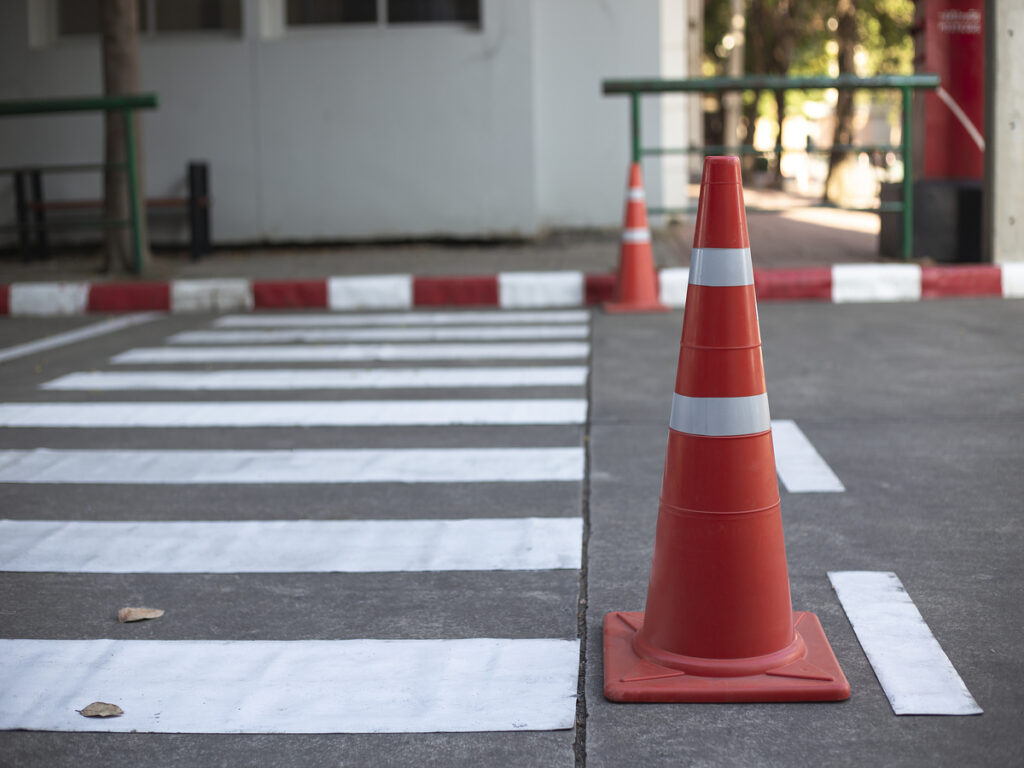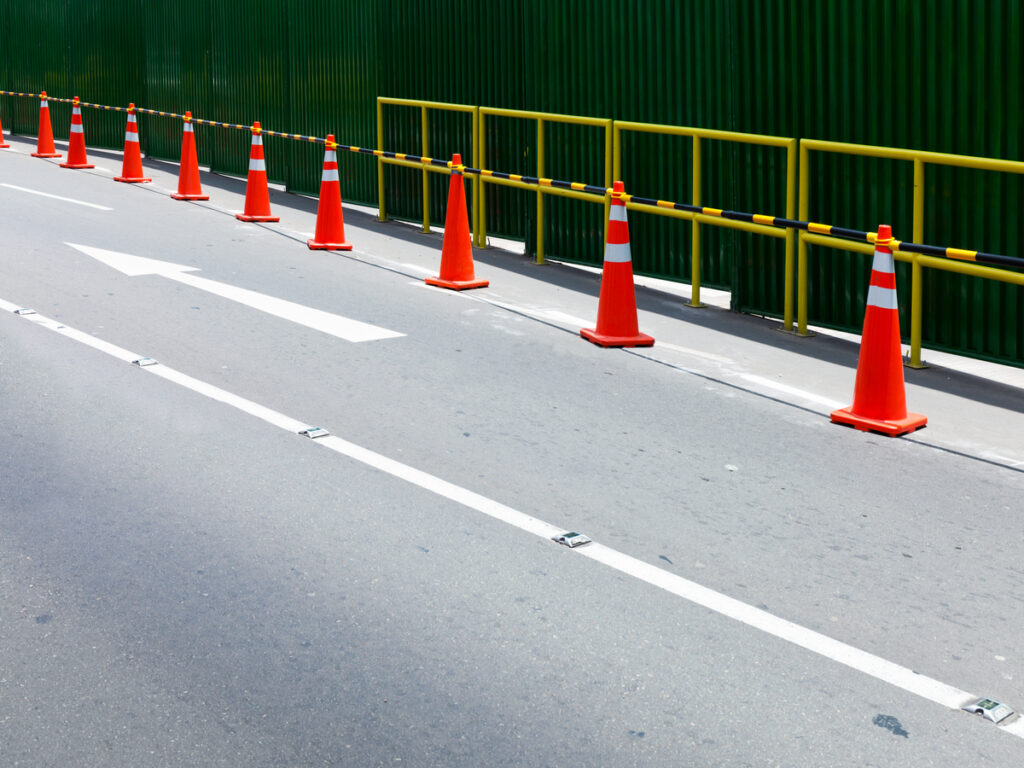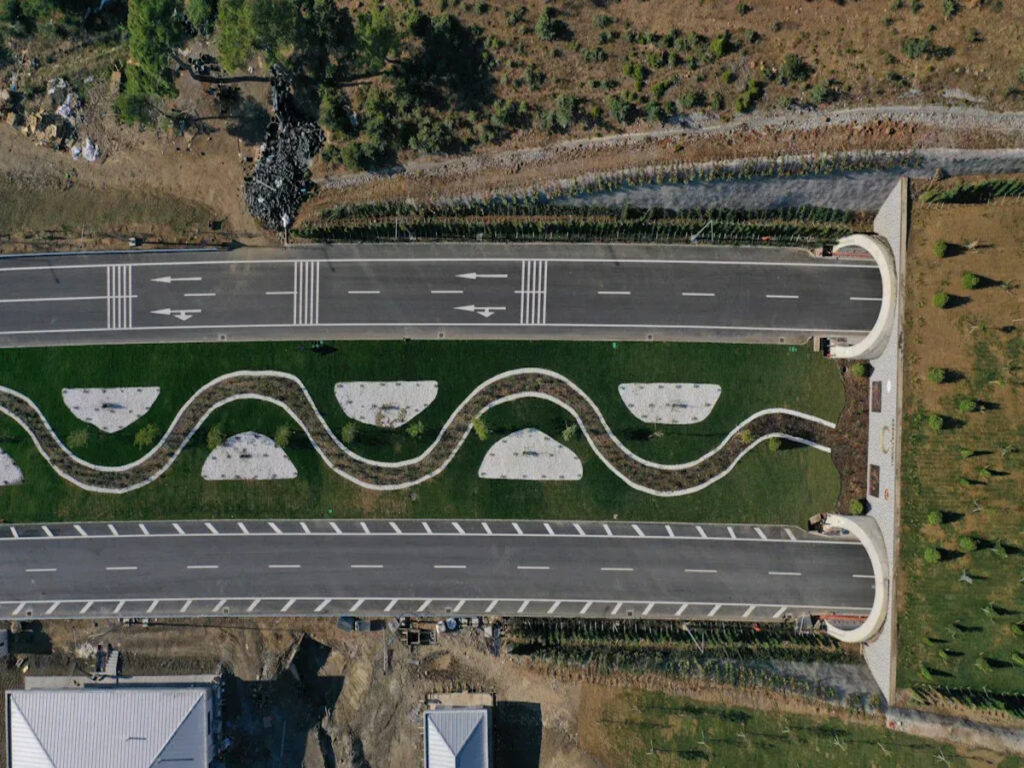Comment choisir le bon délire de voie cyclable pour votre ville: Une liste de contrôle en 5 étapes

Créer des espaces sûrs pour les cyclistes est plus important que jamais. Les délimiteurs de pistes cyclables jouent un rôle clé pour assurer la sécurité des cyclistes tout en gardant les routes organisées.. Ils aident à définir les voies de circulation des vélos, faciliter le partage de la route entre automobilistes et cyclistes. Que vous prévoyiez des pistes cyclables éphémères ou une piste cyclable séparée, choisir le bon délinéateur peut faire toute la différence. Avec la montée en puissance des infrastructures cyclables, les villes donnent la priorité aux solutions de transport qui protègent les cyclistes et encouragent le vélo comme option durable. La bonne conception de pistes cyclables peut transformer l’infrastructure de votre ville en un lieu plus sûr., un environnement plus favorable aux cyclistes.
Les coûts d'amortissement cachés des cônes de circulation: 90% des entreprises manquent cette erreur comptable

Les coûts d’amortissement cachés passent souvent inaperçus lors de la gestion des cônes pliables. Vous pourriez penser que ces petits, les outils portables ont un impact financier minime, mais un mauvais suivi de leur usure peut entraîner des erreurs importantes. Coûts de main d'œuvre, frais de stockage, et les pénalités dues aux cônes perdus s'additionnent rapidement, créer un effet d'entraînement sur vos dossiers financiers. Ignorer ces coûts fausse non seulement votre comptabilité, mais risque également de poser des problèmes de conformité.. Remédier à cette surveillance garantit des rapports précis et un meilleur contrôle financier.
Le voleur de cône: UN $2.3 Milliards de guerre en plastique

Voler un cône de circulation peut sembler une farce inoffensive, Mais les conséquences sont d'une grande portée. Ces cônes sont indispensables à la sécurité routière, guider les conducteurs et protéger les travailleurs. Leur vol perturbe la gestion du trafic et crée des risques de sécurité. Étonnamment, Ce problème est directement lié à $2.3 milliard d'industrie plastique. Jusqu’à un cinquième des cônes achetés par le gouvernement disparaissent chaque année, avec la Californie seule qui perd 8,200 cônes chaque année. Cela équivaut à 81,000 kilos de thermoplastique PVC gaspillés, Mettre en évidence l'importance des cônes de circulation dans le maintien de la sécurité et la réduction des dommages environnementaux.
Philosophie de sécurité dans le monde: Comparaison des cônes de signalisation pliables en papier du Japon et des poteaux anti-incendie allemands

Les innovations en matière de sécurité révèlent souvent l’approche unique d’un pays en matière de résolution de problèmes. Au Japon, vous voyez l'accent mis sur la simplicité et la durabilité, tandis que l'Allemagne met l'accent sur la précision et la technologie avancée. Ces philosophies façonnent des outils comme les cônes de signalisation et les délinéateurs, qui jouent un rôle essentiel dans la protection des vies sur les routes. Les cônes de signalisation pliables en papier du Japon et les poteaux anti-incendie allemands répondent à des besoins culturels et pratiques spécifiques.. Vous pouvez observer comment ces conceptions reflètent les priorités de leurs créateurs, de la conscience écologique à l’excellence en ingénierie. De telles innovations soulignent l’importance d’adapter les outils de sécurité à divers environnements à travers le monde.
Politiques d'infrastructure verte en Europe et leurs implications pour les cônes de signalisation et les délinéateurs aux États-Unis.

Les infrastructures vertes en Europe transforment votre vision de la durabilité. Ces politiques privilégient les solutions respectueuses de l’environnement, même dans la gestion du trafic. Par exemple, Les autoroutes européennes élargies 41% dans une décennie, pourtant, les habitats naturels continuent de diminuer. Cela met en évidence la nécessité de pratiques durables. Les cônes de signalisation et les délimitateurs intègrent désormais des matériaux recyclés et des conceptions innovantes pour réduire les déchets.. En adoptant des approches similaires, vous pouvez aider les États-Unis. améliorer ses systèmes de circulation tout en protégeant l’environnement. Ces changements améliorent non seulement la sécurité, mais s'alignent également sur les objectifs mondiaux de développement durable..











